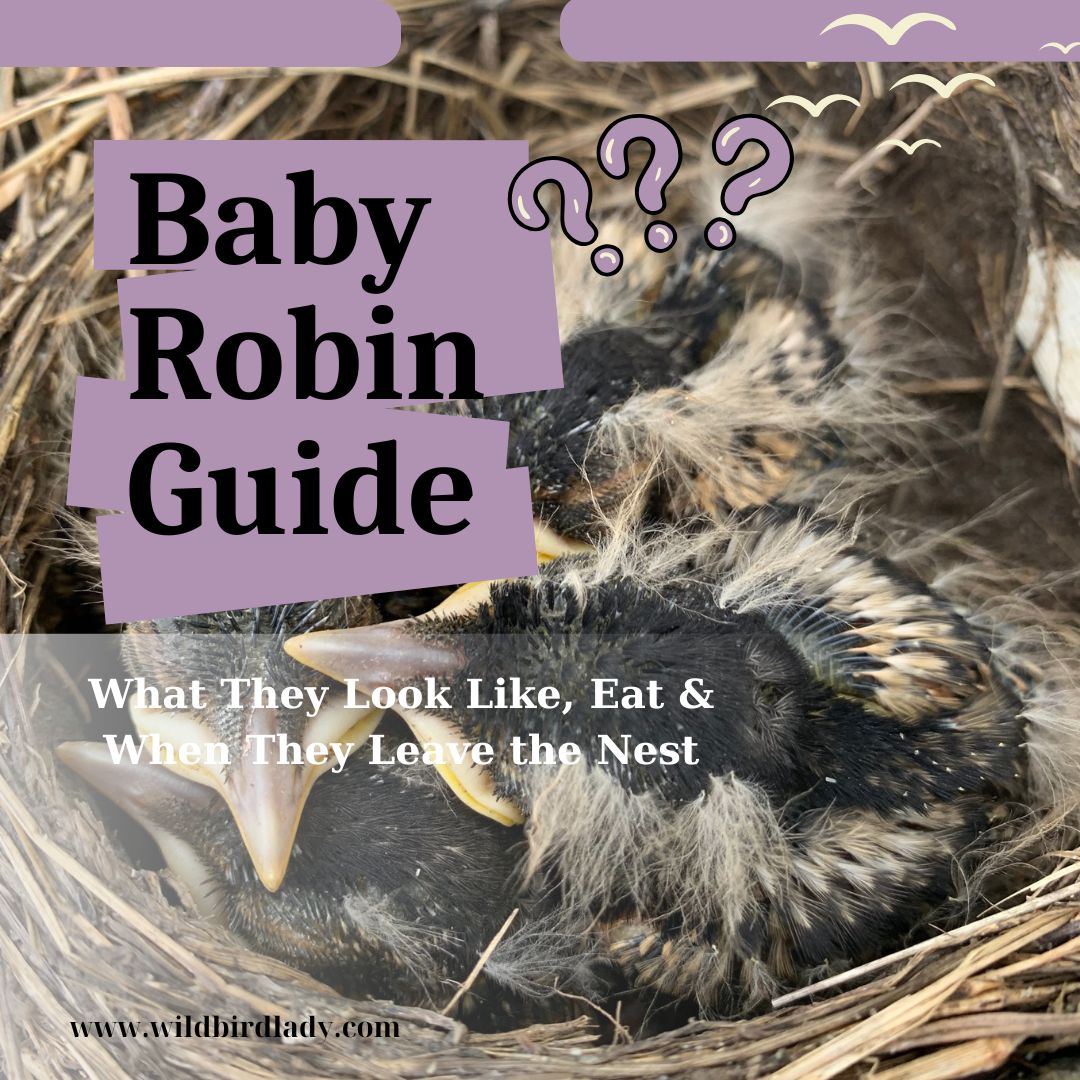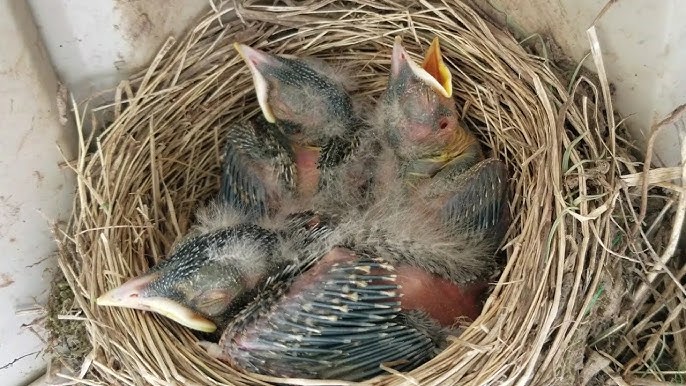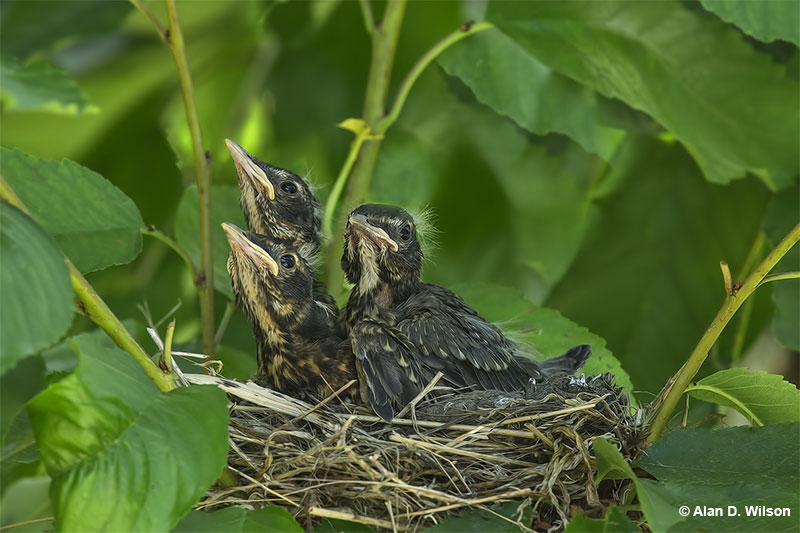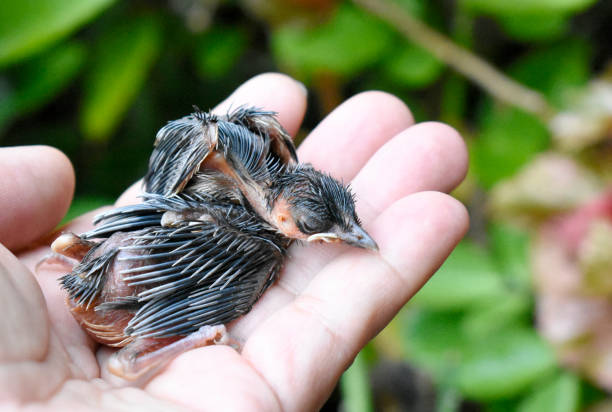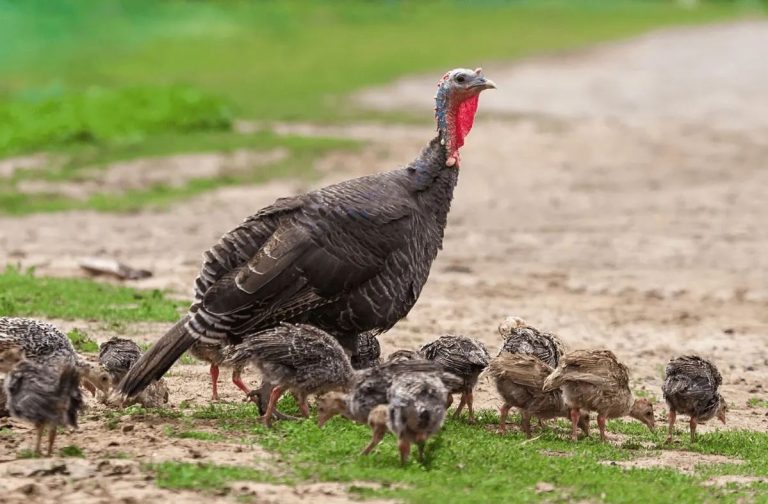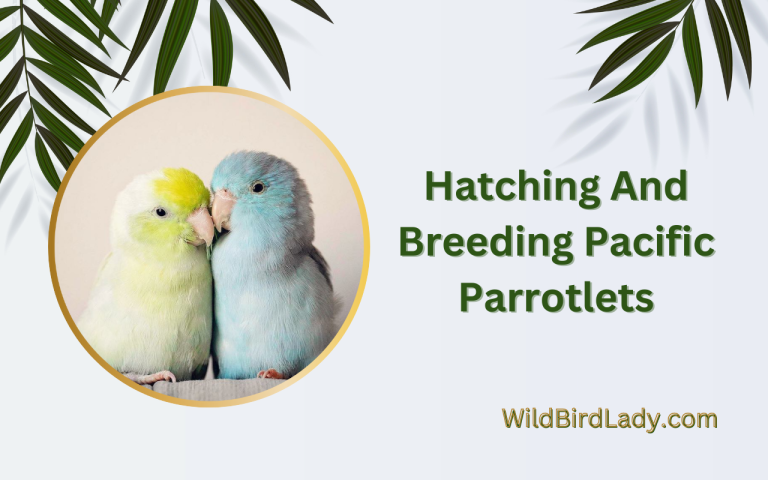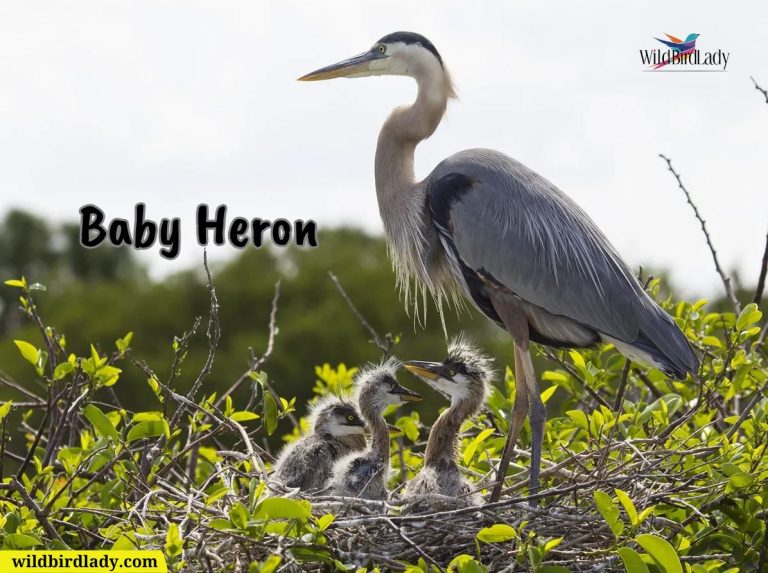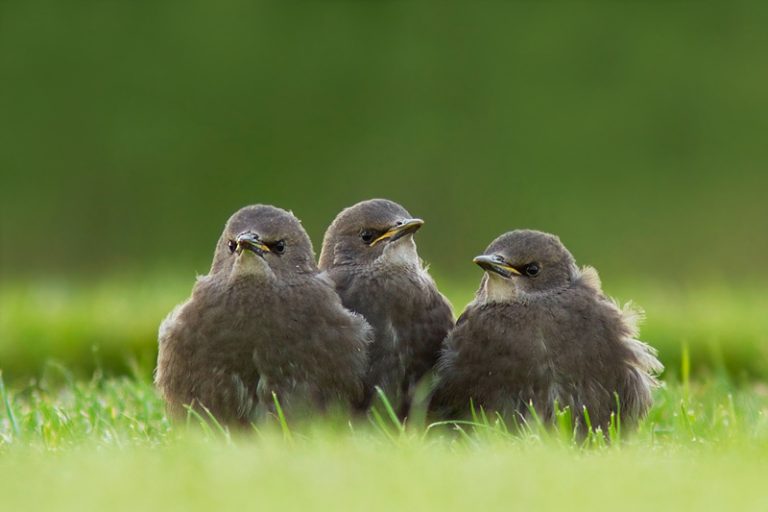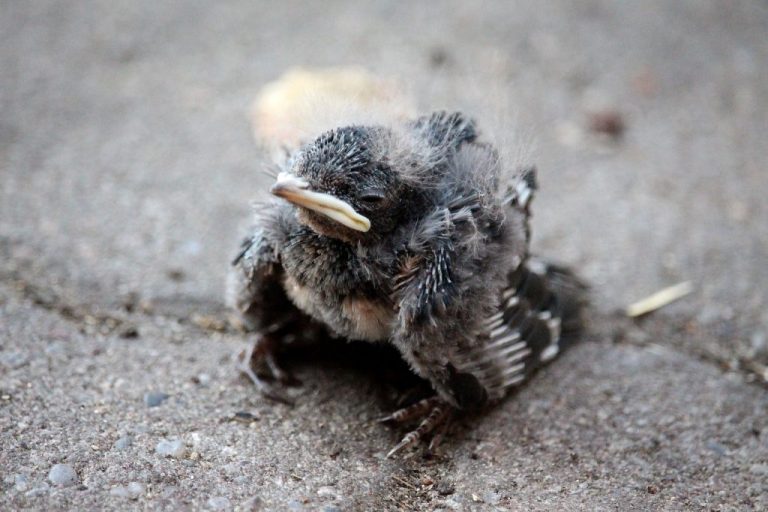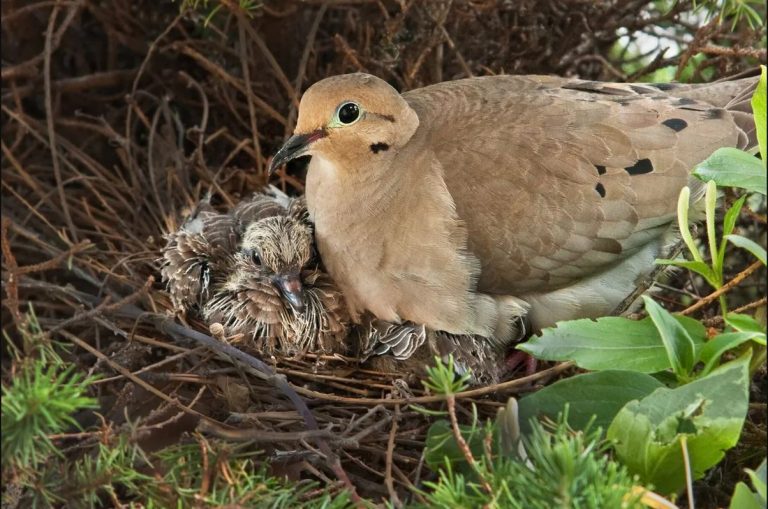Baby Robin: What They Look Like, Eat & When They Leave the Nest
There’s something undeniably heartwarming about spotting a baby robin in your backyard. With their awkward hops, speckled feathers, and insistent chirps, they quickly steal your attention. But beyond their cuteness lies a fascinating journey of growth and survival.
In this complete guide, we’ll walk you through everything you need to know about baby robins—what they look like at different stages, what they eat, how long they stay in the nest, and what to do if you find one on the ground.
Baby Robin Basics: What Is a Baby Robin?
The American Robin (Turdus migratorius) is one of North America’s most recognized songbirds. A baby robin refers to the juvenile stage of this bird, from hatching until it becomes independent—usually within a month.
Robins nest widely across backyards, parks, forests, and even urban areas. They are known for their bright orange chests, cheerful songs, and tendency to forage for worms on lawns. But before they become sleek adult birds, robins start their lives as fragile hatchlings, dependent entirely on their parents.
What Do Baby Robins Look Like?
A baby robin changes dramatically in its first few weeks. Let’s break it down stage by stage.
Hatchling Stage (0–4 Days)
- Appearance: Hatchlings are blind, featherless, and pink. Their eyes are closed, and they look almost alien-like.
- Size: Around 1.5 inches long and weighing just a few grams.
- Behavior: They stay entirely in the nest and rely on their parents to bring food and keep them warm.
Hatchlings cannot regulate their own body temperature, so the mother broods them constantly for the first few days.
Nestling Stage (5–13 Days)
- Appearance: Baby robins start growing downy feathers, their eyes open around day 5, and their skin darkens.
- Size: Nearly double in weight each day for the first week.
- Behavior: Their beaks widen, and they begin to chirp loudly for food. Their feathers start developing in “pin” form (encased in sheaths).
By day 10, nestlings resemble miniature birds but are still vulnerable and cannot leave the nest.
Fledgling Stage (13–15 Days+)
- Appearance: Fluffy with spots on the chest and a mix of soft gray and brown feathers. Not as vivid as adults.
- Size: Nearly full-grown but still a bit clumsy.
- Behavior: They hop, flutter, and make short flights. You’ll often see them on the ground, looking lost—but this is normal.
👉 Pro Tip: Many people think fledglings on the ground are abandoned. In most cases, they’re being watched by parents nearby!
What Do Baby Robins Eat?
Baby robins have a rapid metabolism and eat up to every 15–20 minutes during daylight hours. But what exactly do they eat?
Diet in the Wild
- Earthworms
- Insects (caterpillars, beetles, grasshoppers)
- Spiders
- Occasionally berries (as they grow older)
What Parent Robins Feed Them
Adult robins forage from sunup to sundown to keep their brood fed. Here’s what they bring:
- Soft-bodied invertebrates first (worms and caterpillars)
- Gradually more solid insects as babies grow
- Small fruits and berries added as fledglings mature
Each parent robin may deliver up to 100 meals per day to their nestlings!
Can Humans Feed Baby Robins?
Feeding baby robins should only be done as a last resort—such as when you’re waiting for a wildlife rehabilitator.
If you must:
- Use softened cat food, chopped worms, or mealworms
- Feed using blunt tweezers
- Avoid milk or bread—it can kill them
⚠️ Warning: Don’t overfeed, and never force food. Improper feeding can cause aspiration or malnutrition.
When Do Baby Robins Leave the Nest?
Timeline from Egg to Flight
- Day 0 – Eggs are laid (usually 3–5 sky-blue eggs)
- Days 12–14 – Eggs hatch
- Days 13–15 – Babies fledge (leave the nest)
- Days 15–30 – Parents continue feeding and protecting fledglings
- After 30 Days – Young robins become independent
How to Know if a Baby Robin Is Ready
A fledgling is ready to leave the nest when:
- It has full feathers (even if tail looks short)
- It can flutter or hop away from danger
- It no longer crouches passively in the nest
Once a fledgling leaves the nest, it spends about two more weeks on the ground or in low branches as it practices flying and hunting.
According to the Cornell Lab of Ornithology’s All About Birds, “American Robins typically fledge the nest 13 days after hatching, although they remain under parental care for another two weeks while they learn to forage and fly.”
Found a Baby Robin? Here’s What to Do
Seeing a baby robin on the ground can be alarming—but don’t panic.
Step 1: Determine the Stage
- Is it naked or mostly featherless? → Nestling. Needs help.
- Fully feathered, able to hop? → Fledgling. Probably doesn’t need rescuing.
Step 2: Check for Danger
If it’s a nestling or if there are cats, dogs, or cars nearby, you can:
- Try to return it to its nest (if reachable and safe)
- If the nest is destroyed, create a makeshift nest using a small container lined with soft material. Secure it near the original site.
- Watch from a distance. If parents return within 1 hour, they’ve accepted it.
Step 3: Contact a Wildlife Rehabilitator
If the robin is clearly injured, cold, or orphaned (parents haven’t come back after 1–2 hours), call your local wildlife rehab center. Do not attempt to raise it yourself—it’s illegal in many states without a license.
Fun Facts About Baby Robins
- A robin’s body temperature doubles from hatchling to fledgling.
- Baby robins eat their weight in food every day for the first week!
- Parents remove droppings from the nest in fecal sacs to keep it clean.
- Robins often raise 2–3 broods per season, so baby robins are a common spring and summer sight.
- Some juvenile robins may follow their parents around for weeks before gaining independence.
How to Help Robins in Your Yard
Want to see more robins in your backyard—and maybe even help raise a new generation of baby robins? With a few easy adjustments, you can create a robin haven that encourages these friendly birds to nest, feed, and return year after year.
Here’s how to turn your outdoor space into a robin paradise:
Provide a Safe Nesting Environment
Robins prefer open-fronted nests tucked into horizontal branches, gutters, ledges, or dense shrubs. Help them feel at home by making your yard welcoming and safe:
- Avoid pruning trees and shrubs during nesting season (early spring through mid-summer). Nest disturbance is a leading cause of nest abandonment.
- Leave old nests intact if possible. Robins are known to reuse or build on top of existing nests, especially if the location was successful the previous year.
- Install nesting shelves under eaves or in quiet corners. You can find robin-specific nesting platforms online or build your own using untreated wood.
Fun Fact: Robins often return to the same nesting territory year after year—especially if they’ve successfully raised chicks there before!
Offer Natural Food Sources
Robins are primarily insectivores during nesting season but also enjoy fruit. To keep them well-fed and attract them to your yard:
- Plant native berry bushes like dogwood, serviceberry, mulberry, elderberry, and holly. These provide fruit throughout spring and summer and are favorites for robins and other songbirds.
- Let part of your lawn grow wild. Longer grass and leaf litter create a buffet of beetles, earthworms, and other insects robins love to eat.
- Compost naturally or use mulch to encourage worms and bugs in garden beds.
- Avoid synthetic fertilizers and pesticides, which can eliminate the insects robins depend on to feed their young.
Pro Tip: Robins love freshly watered lawns—moist soil brings worms to the surface. Consider running a sprinkler in the early morning to create ideal foraging conditions.
Keep Predators Away
Robins, especially babies, are vulnerable to predators like cats, raccoons, snakes, and corvids (like crows and blue jays). Here’s how to make your yard safer:
- Keep cats indoors, especially during spring and summer nesting season. Free-roaming cats are a leading cause of bird mortality in the U.S.
- Install squirrel baffles and dome-shaped guards on poles to protect nests from climbers.
- Discourage crows, grackles, and jays by minimizing accessible garbage and food scraps.
- Keep your bird feeders clean and place them away from nesting areas—feeders can attract nest predators if not managed carefully.
⚠️ Remember: Even a few minutes of a predator near the nest can cause robin parents to abandon their young.
Provide Clean, Shallow Water
Water is essential for robins—not just for drinking, but also for bathing and staying cool. You don’t need an elaborate setup to make a difference:
- Use a shallow birdbath (1–2 inches deep) with gently sloping sides.
- Place it near shrubs or trees, so birds can escape if startled.
- Clean it every few days and change the water frequently to avoid mosquito larvae or algae.
- In winter, use a heated birdbath to offer year-round hydration.
🕊️ Bonus Tip: Adding a small dripper or mister to your birdbath creates motion, which robins find irresistible!
Make Your Yard Robin-Friendly Year-Round
Robins are migratory, but in many parts of the U.S., especially in milder regions, they stay all winter long. Even if they disappear for part of the year, they may return in early spring if your yard feels like home.
To keep them coming back:
- Avoid harsh chemicals and embrace a more natural, wildlife-friendly approach to gardening.
- Leave some leaf litter and dead wood—they provide habitat for insects and worms.
- Use quiet landscaping techniques. Robins prefer calm spaces for nesting and raising young.
By taking these simple steps, you’ll not only increase your chances of seeing baby robins but also support a healthy, thriving ecosystem right outside your window.
Final Thoughts
A baby robin might look fragile, but its journey from egg to flight is a tale of resilience, growth, and natural wonder. Whether you’re watching from afar or helping a fledgling in need, understanding their development helps you appreciate how nature works so efficiently.
By creating a robin-friendly environment and knowing what to do when you spot one, you’re not only helping these delightful birds—you’re enriching your own connection to the wild world right outside your door.
FAQs About Baby Robins
Q: How many baby robins survive?
A: On average, only 25% survive to their first birthday due to predators and harsh conditions.
Q: Do baby robins return to the same place they were born?
A: Juveniles often disperse but may return to the general area in future breeding seasons.
Q: Can baby robins fly when they leave the nest?
A: Not well. They can flutter and hop, but true flight comes about a week after fledging.
Robin-Friendly Backyard Checklist
Use this quick list to turn your yard into a robin-friendly haven—perfect for nesting, feeding, and raising baby robins.
🏡 Nesting & Shelter
- Avoid trimming trees/shrubs from March to July
- Leave old robin nests undisturbed
- Install a robin nesting shelf in a quiet, sheltered spot
Natural Food Sources
- Plant native berry bushes (e.g., serviceberry, dogwood, elderberry)
- Let some lawn grow wild to encourage worms and insects
- Compost naturally or mulch garden beds
- Skip pesticides and synthetic fertilizers
Predator Protection
- Keep cats indoors, especially during nesting season
- Use squirrel baffles on poles and trees
- Keep garbage sealed to deter corvids (crows, jays)
Fresh Water
- Provide a shallow birdbath with clean water
- Place near bushes for quick cover
- Clean every 2–3 days
- Add a dripper/mister for motion to attract robins
Year-Round Habitat
- Leave leaf litter and dead wood for insects
- Avoid noisy landscaping near nests
- Use bird-safe native plants for long-term habitat
✅ Bonus Tip: Keep a journal or take photos when you see robins nesting—it’s a great way to track returning pairs and baby robin growth over the seasons!

